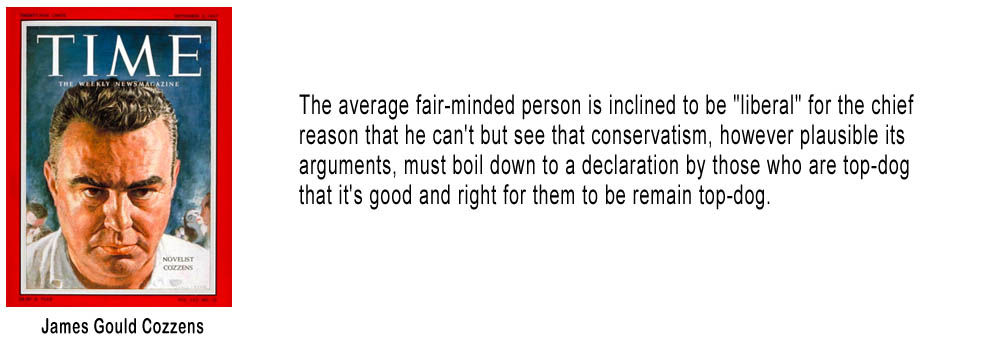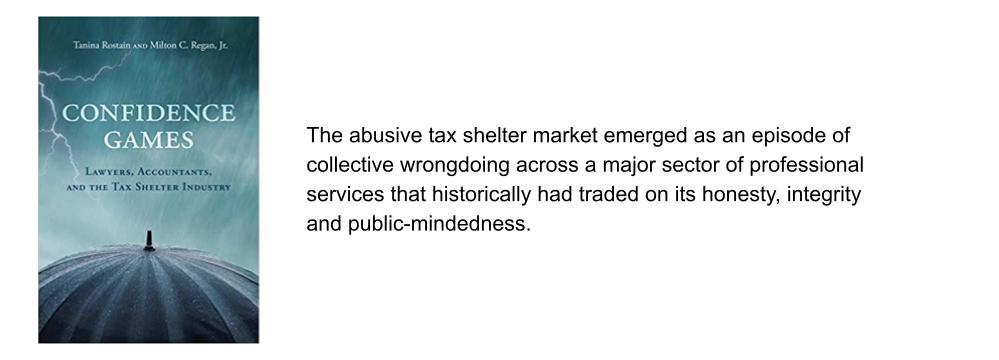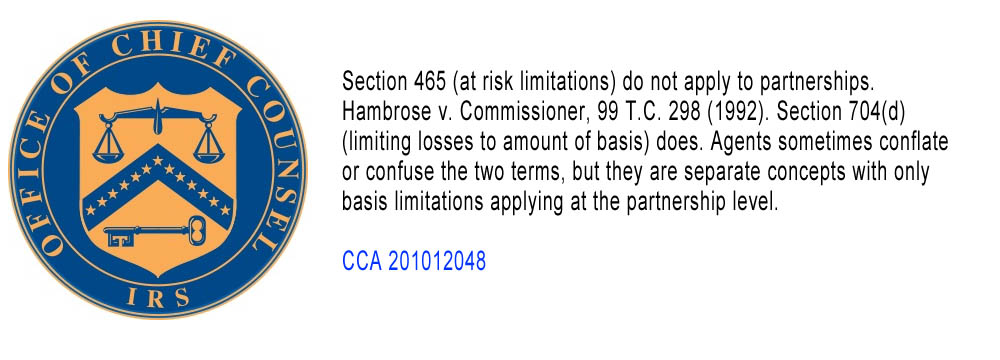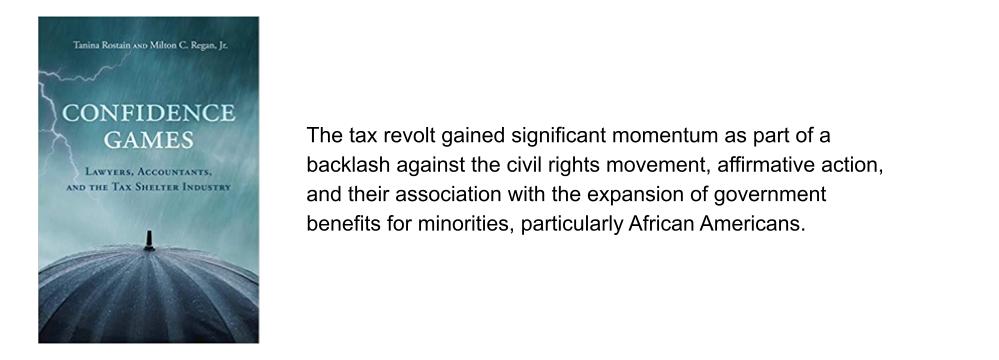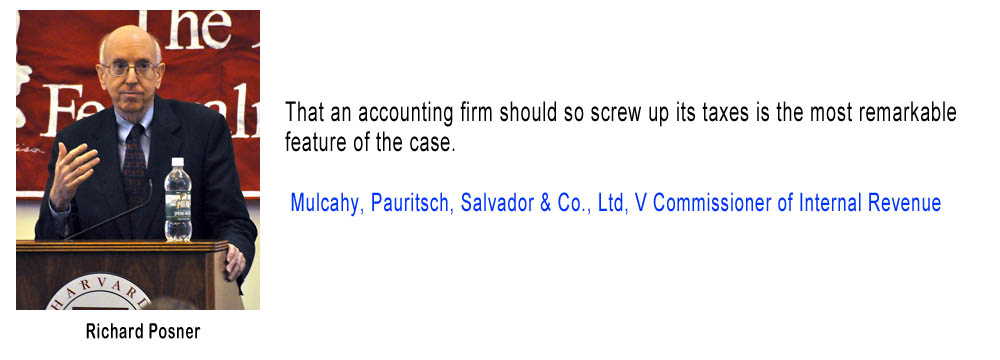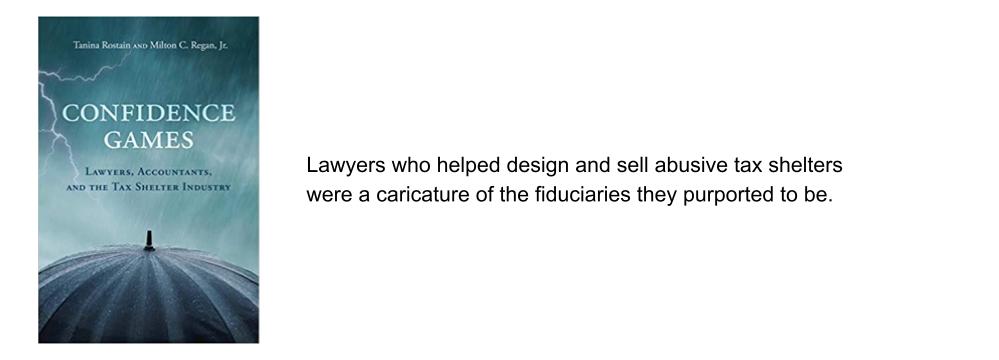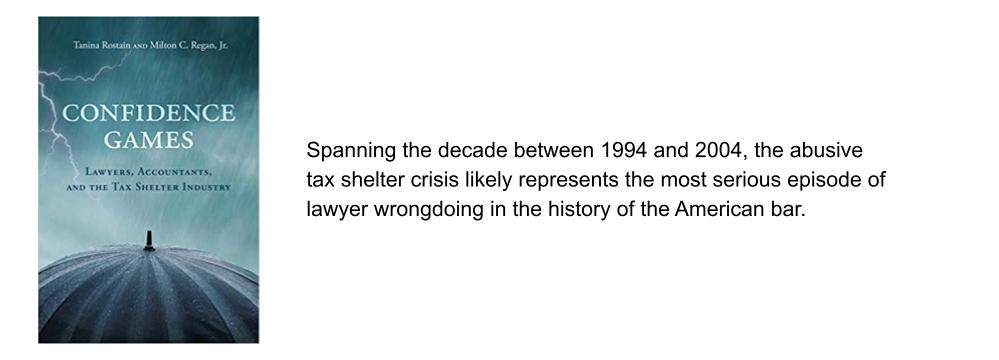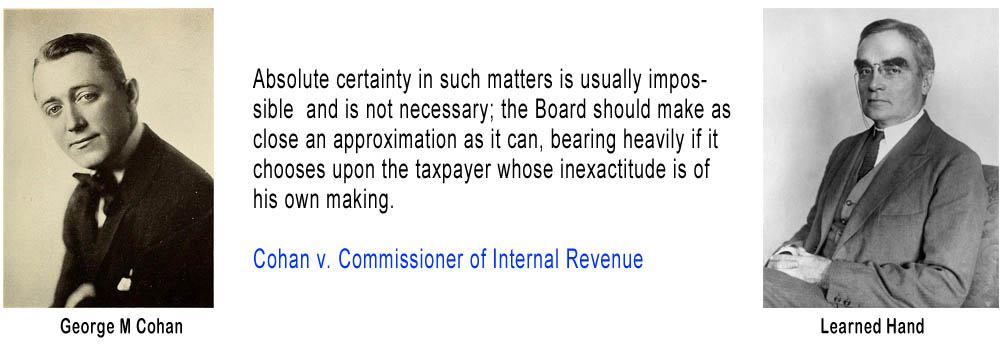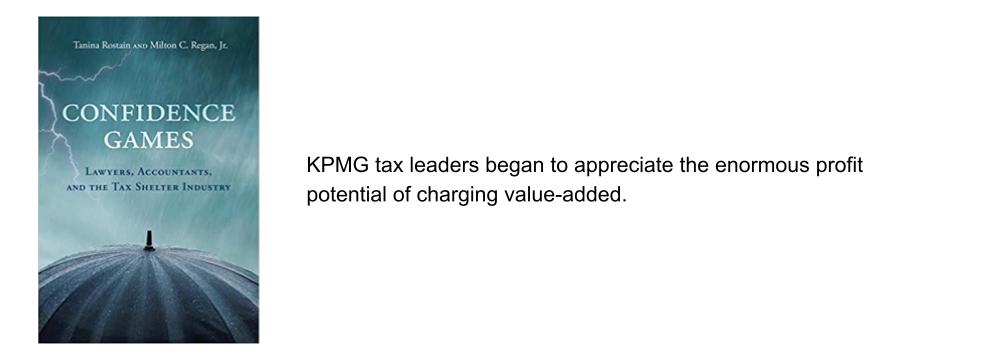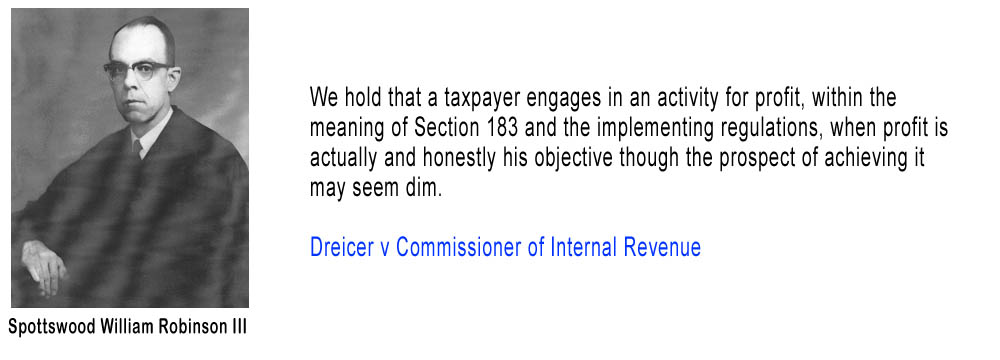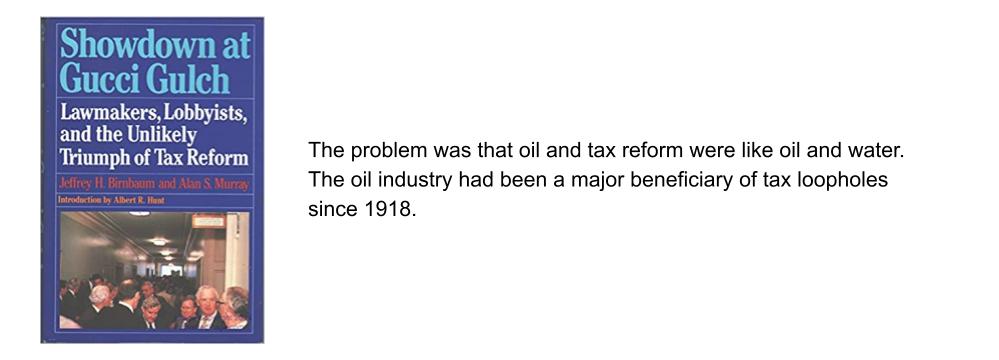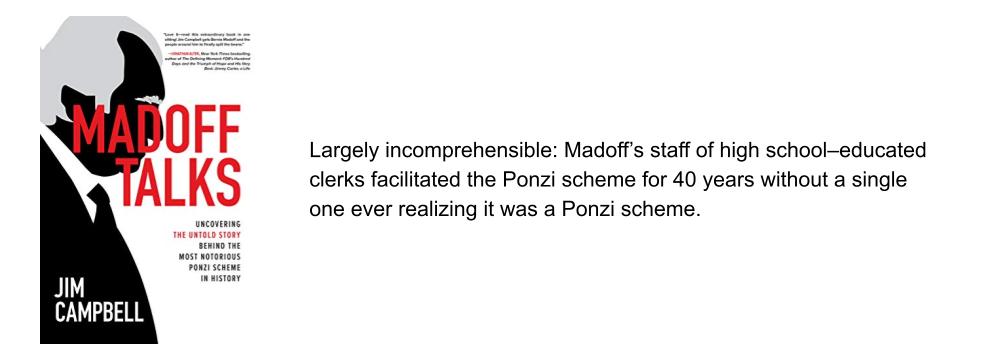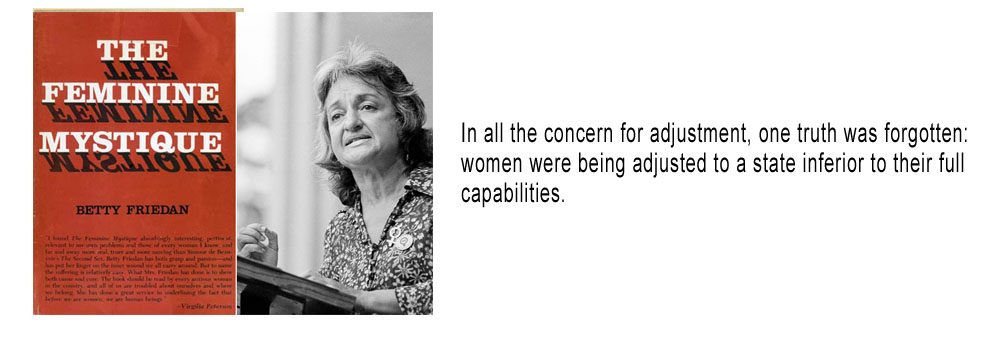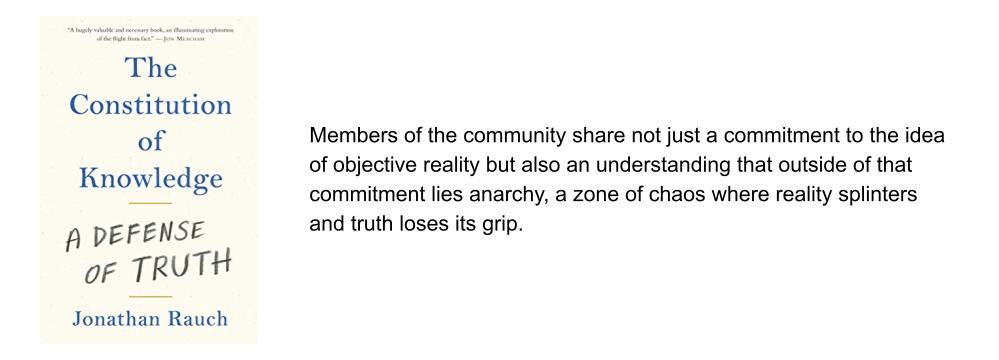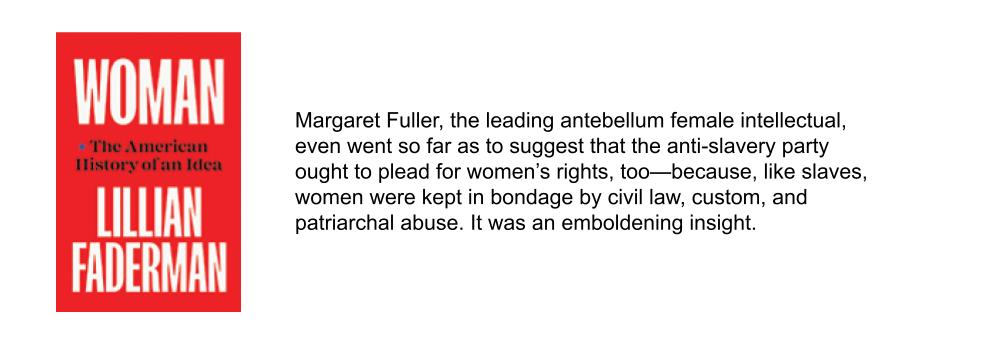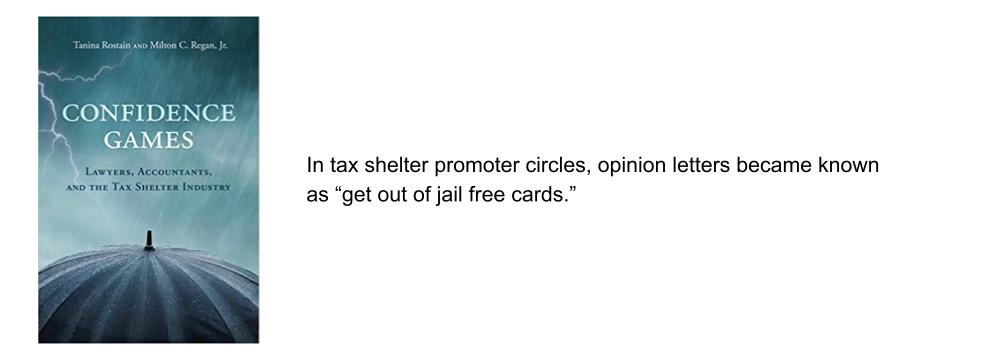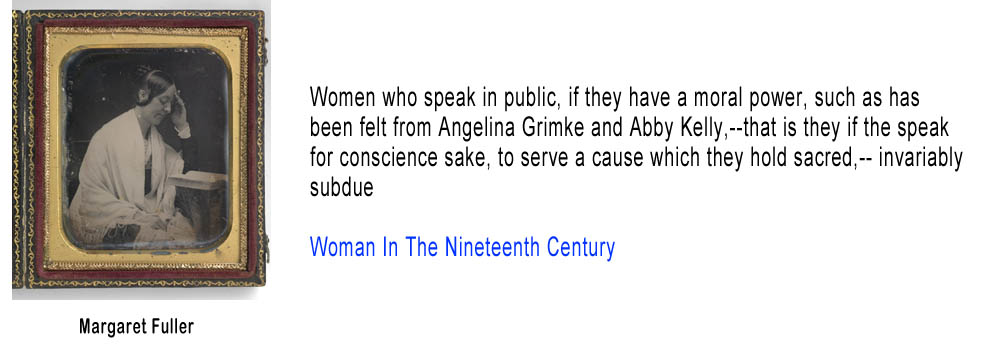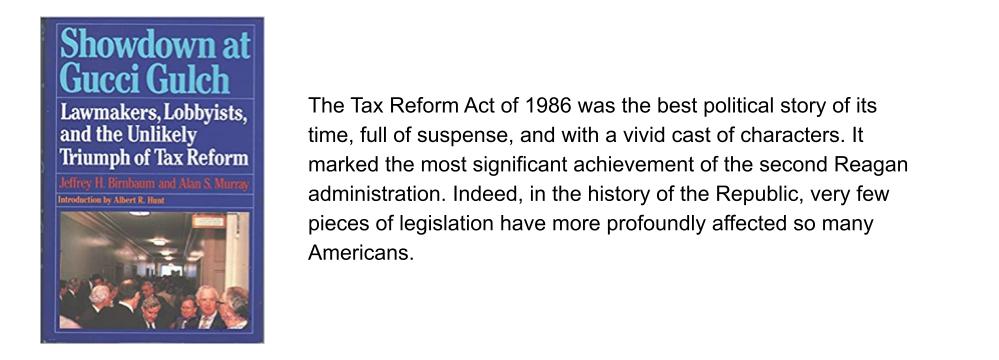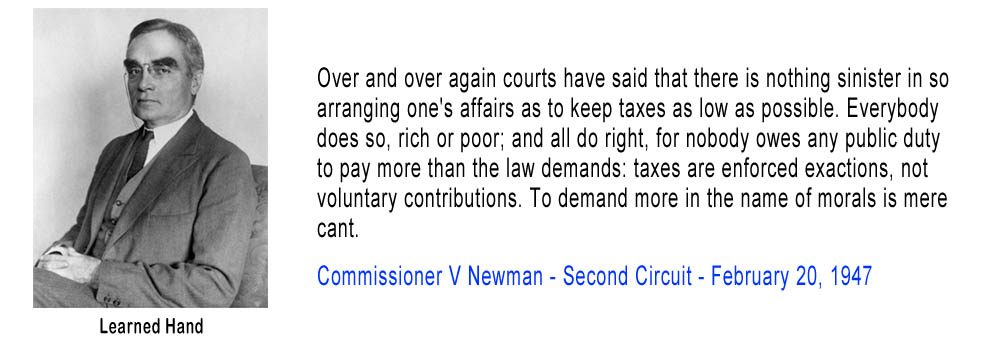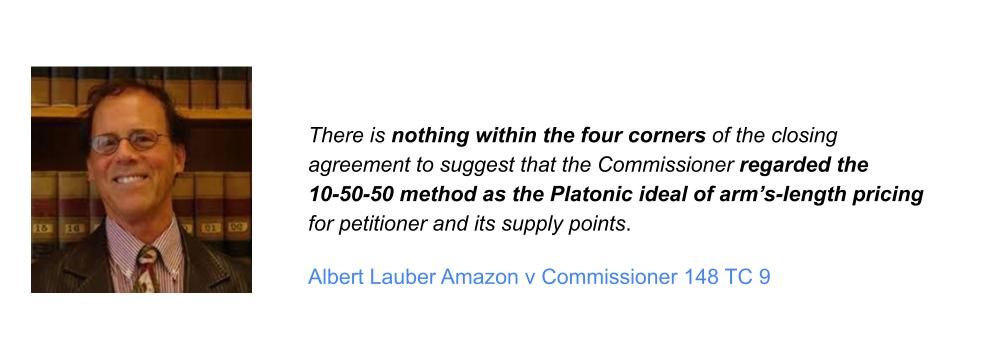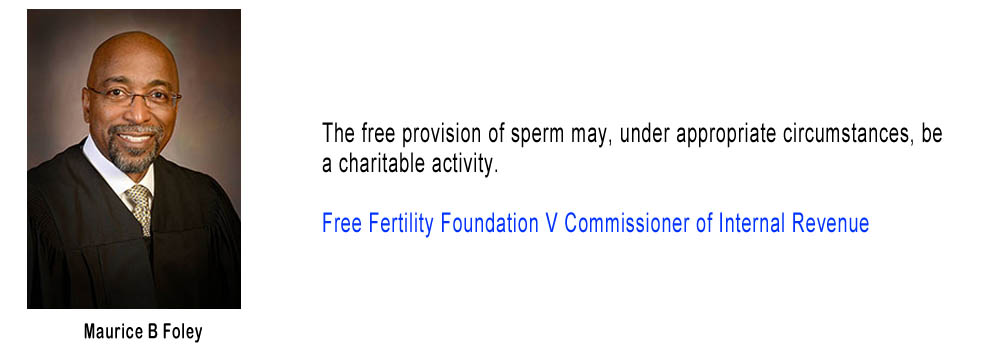Jack and Joan Trugman owned several pieces of rental real estate in Texas, Missouri and California in their S corporation (Santsu Corporation). S corporations are generally not a really good vehicle for real estate. An S corporation shareholder does not have basis in his share of the corporation’s liabilities. So an S corporation that borrows to make distributions may create taxable gain for its shareholders. That may have been what got the Trugmans into the pickle they found themselves in, but you cannot tell from just the case. What their corporation did was acquire another piece of real estate that they used as their principal residence. They then claimed the $8,000 homebuyer’s credit.
The IRS disallowed the credit and the Tax Court agreed:
Petitioners are individuals, they are the shareholders of Sanstu, and they reside in the property. They are the only persons who may claim the tax credit. They are not entitled to the tax credit, however, because they did not purchase the property. Sanstu purchased the property. Sanstu is not entitled to the tax credit because it is not an individual under section 36.
The Trugmans argued that someone at the IRS advised them that, they would be able to take the credit under these circumstances. That did not do them any good:
Petitioners seek leniency by arguing that IRS representatives indicated that they could claim the tax credit if the property was purchased through the S corporation. It is unfortunate when a taxpayer receives inaccurate information. We have recognized, however, that incorrect legal advice from an IRS employee does not have the force of law and cannot bind the Commissioner or this Court.
Mr. Tugman is a “certified business consultant” and registered professional engineer. He and his wife were pro se, which is understandable given the low stakes. It might have been worth a few bucks for him to run his idea about having an S corporation buy the residence by a tax professional before he did it. It is not just a matter of missing the credit. If the residence appreciates, I don’t see them getting the gain exclusion either, although I have not looked deeply into that aspect of it. You can’t tell from the case what they were gaining by using the corporation. Hopefully, it was worth it.
This decision illustrates one of Reilly’s laws of tax planning. “It is what it is. Deal with it.” The principle is that if you are making a tax planning decision because you think it “makes sense” or “seems fair”, you are not leaning on strong supports. Whenever I explain something to a staff member and they respond with “Oh. That makes sense.” My reply is always “That is not a requirement.” S corporations, partnerships, trusts and limited liability companies will often flow tax results to owners. The entities can also, however, exist as “taxpayers” separate from the owners to a greater or lesser extent. Frankly, it often does not seem to make much sense, but that is not a requirement.
You can follow me on twitter @peterreillycpa.
Originally published on Forbes.com on May 31st, 2012


